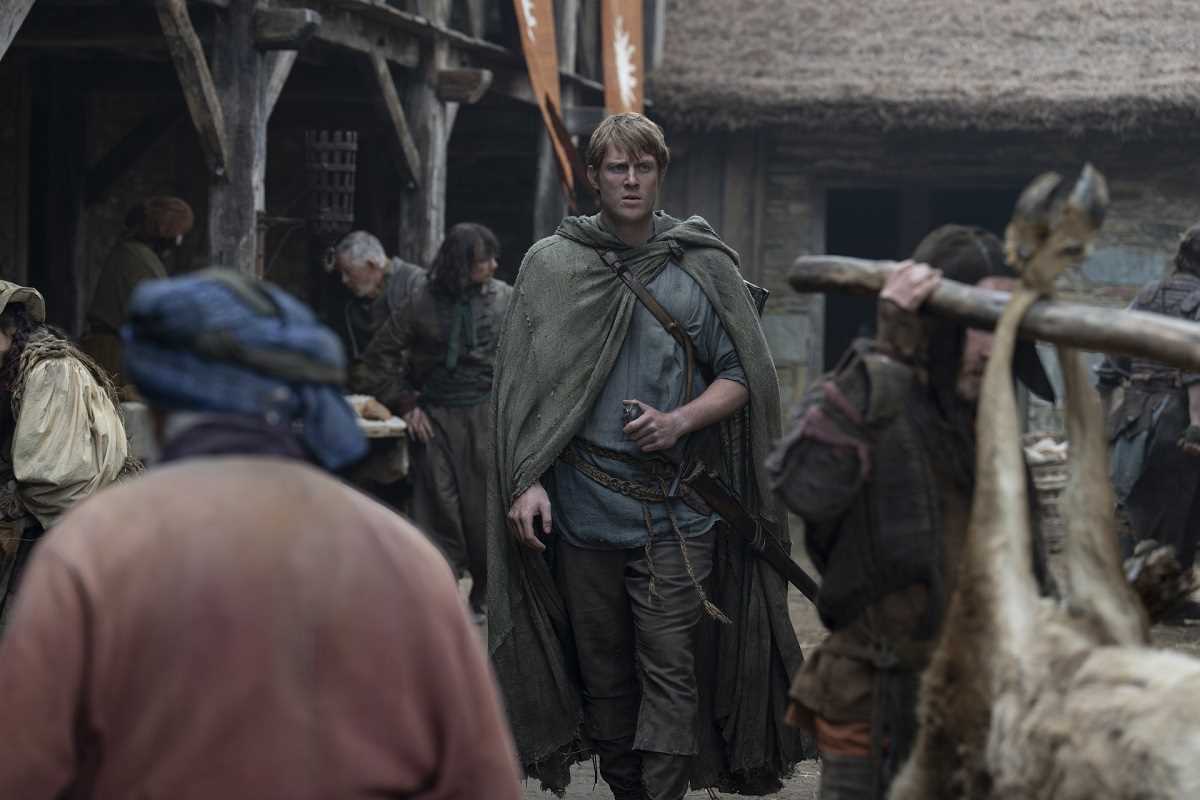Few artists have had as profound an impact on music and culture as Bob Dylan. With a career spanning over six decades, Dylan’s work transcends genres and defies categorization. A songwriter, poet, and voice of his generation, Dylan’s music not only elevated the art of lyricism but also served as a powerful reflection of societal changes. His songs have shaped the fabric of modern music and remain as relevant today as when they were first written. Here’s a look at some of Dylan’s greatest songs, touching on their themes, innovation, and cultural significance.
"Like a Rolling Stone" (1965)
Often hailed as Dylan’s magnum opus, "Like a Rolling Stone" redefined what a pop song could be. Clocking in at over six minutes—a runtime almost unheard of for radio in the mid-1960s—the song was bold and unapologetically experimental. The electric guitar opening, courtesy of Mike Bloomfield, paired with Dylan’s distinctive drawl, captured a raw, unpolished energy that broke away from the polished hits dominating the charts at the time.
The lyrics tell the story of a person’s fall from grace, reflecting themes of alienation and self-discovery. Lines like "How does it feel, to be on your own, with no direction home?" resonated with listeners, particularly in the turbulent 1960s, when counterculture movements questioned traditional values. Critics often cite the song as a turning point in music history—it bridged folk and rock, solidifying Dylan’s reputation as not just a songwriter but a cultural icon.
"Blowin' in the Wind" (1963)
“Blowin’ in the Wind” is perhaps Dylan’s most enduring protest song, a timeless anthem of peace and civil rights. Written when Dylan was just 21, the song exemplifies how he masterfully used simplicity to convey profound ideas. The lyrics ask a series of rhetorical questions like, "How many roads must a man walk down before you call him a man?" Each question carries a weight that invites introspection, yet Dylan resists offering definitive answers, instead concluding that "the answer is blowin' in the wind."
The song became a rallying cry for the civil rights movement and antiwar protests, cementing Dylan’s status as the voice of a generation yearning for change. Its universal message ensures it continues to be sung at demonstrations around the world, an emblem of hope and resilience.
"The Times They Are a-Changin'" (1964)
If one song could encapsulate the cultural shifts of the 1960s, it’s "The Times They Are a-Changin'." Released during the peak of sociopolitical upheaval, this song is a clarion call for transformation and unity. Dylan’s straightforward yet prophetic lyrics urge listeners to adapt to the rapidly evolving world. "Come gather ’round people, wherever you roam," he begins, inviting all to take part in the change.
The verses address various groups—parents, politicians, and critics—warning that resistance to change will render them irrelevant. Its message struck a nerve with both activists and the general public, becoming an anthem for progress and social justice. Musically sparse yet lyrically powerful, "The Times They Are a-Changin’" remains one of Dylan’s most iconic contributions to the folk canon.
"Mr. Tambourine Man" (1965)
"Mr. Tambourine Man" showcases Dylan’s ability to craft surreal, poetic imagery that takes listeners on a personal and emotional odyssey. The lyrics, filled with dreamlike metaphors, have been interpreted in various ways—some view it as an ode to artistic inspiration, others as a reflection on escapism or spirituality.
The Byrds famously covered the song, adapting it into a jangly, electric folk-pop hit, but Dylan’s original acoustic rendition maintains a gentle intimacy that captures his storytelling prowess. "Mr. Tambourine Man" expanded the boundaries of what pop songs could express, solidifying Dylan’s reputation as one of the most innovative lyricists of his time.
"Tangled Up in Blue" (1975)
Hailing from Dylan’s critically acclaimed album Blood on the Tracks, "Tangled Up in Blue" is an emotionally complex masterpiece. The song reflects Dylan’s storytelling brilliance, weaving an intricate narrative filled with love, loss, and regret. Its structure is non-linear, jumping across timelines and perspectives, a technique that keeps listeners immersed in its unfolding drama.
"Lyrically, it’s an epic," Dylan once said, describing the transitions between first and third person, as if the narrator were simultaneously inside and outside the story. With its vivid imagery and deeply personal tone, "Tangled Up in Blue" resonates on a universal level, reminding us of the fluid, often chaotic nature of relationships and memory.
"Subterranean Homesick Blues" (1965)
More than just a song, "Subterranean Homesick Blues" feels like a manifesto for a rebellious generation. With its rapid-fire delivery and beat poetry influence, the track marked Dylan’s venture into the sphere of electric rock.
Lyrically, it's a chaotic, witty barrage of social commentary, name-dropping issues of authority, paranoia, and cultural discontent. Lines like "You don’t need a weatherman to know which way the wind blows" have become immortalized in pop culture. The song's innovative style influenced countless artists, from The Beatles to the punk rock movement.
Its accompanying music video, showing Dylan flipping through cue cards with fragments of lyrics—a concept long before MTV-era music videos—cemented its legendary status.
"Shelter from the Storm" (1975)
Another jewel from Blood on the Tracks, "Shelter from the Storm" is a poetic ballad filled with tenderness and sadness. The song’s repetitive refrains create a sense of closure and resolve, as Dylan sings of a mysterious figure offering solace from life’s chaos and pain.
Though open to interpretation, many view the song as an exploration of love’s redemptive power or a reflection on spiritual guidance. Its stripped-down arrangement allows Dylan’s heartfelt delivery to take center stage, making it one of his most intimate and moving works.
These songs, each unique in its style and message, are just a glimpse into Bob Dylan’s vast and diverse catalog. Whether addressing political upheaval, universal truths, or deeply personal reflections, Dylan’s music continues to resonate across generations. His ability to blend storytelling with melody, and to create songs that feel both intimate and universal, has left an indelible mark on the world of music and culture.
From redefining folk music to influencing rock, poetry, and social movements, Dylan has proved that a song can be more than just notes and lyrics—it can be a force of change, a timeless piece of art, and a mirror reflecting the human experience.







